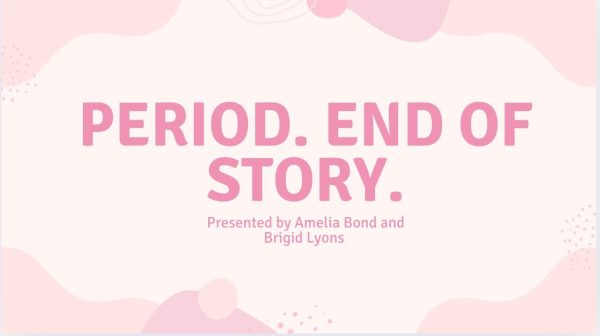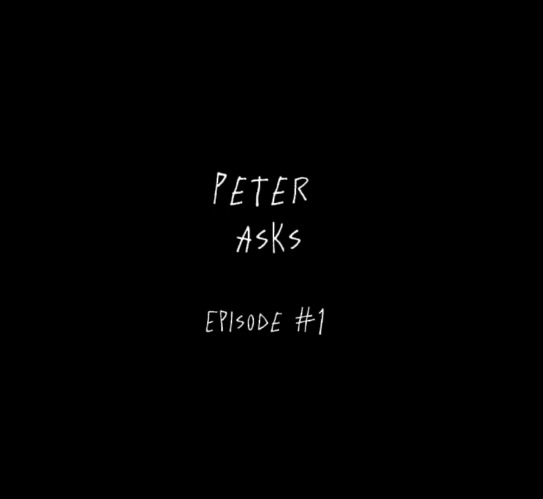Active Reading Makes me Actively Hate Reading
In discussions about active reading, many already agree that it is a useful method to better understand a reading and it helps when reviewing the text making it easier to find key moments. The disagreement usually starts, however, when the quantity of note-taking is brought up. While some believe that the more notes you take the better you can analyze the reading, others think that a minimal approach is better. Of course, most lie somewhere in between. The extent to which active reading is required in English classes does not always make students understand the reading more and can make students less inclined to read out of school, but without it, the reader may miss important parts when trying to analyze it. Large amounts of notes, as is often taught in schools, makes reading more tedious and chore-like and takes away from the impact a reading with fewer notes can have making the experience with reading worse. Admittedly, moving away from this method would make it harder for teachers to judge whether students are understanding the reading since it would force teachers to take more time from the class to check on each student and it would be harder to tell what each one is thinking. I feel this is a sacrifice worth making because the student taking good notes in a way where they can easily look back on them is more important than the shorter-term benefit of being able to check they have understood the reader when it can be done in other ways like class discussions. Overall, I would say that the downsides of the way Bancroft does active reading with at least one note per page is excessive and overall harms the student’s ability to properly understand the reading and lowers the chance of them reading on their own.
When a bored kid is forced to take a large amount of notes, their notes become less meaningful and make reading the book unnecessarily more difficult. Taking notes in a high amount makes it feel tedious and vastly slower. Mind numbingly slower. When powerful moments came, they were interrupted so I could write a comment like “Oh no!”, which just took me out of the moment further, lowering my interest in the reading. Many supporters of heavy note-taking would likely object that it’s important to write about every part of the book to ensure that no part is accidentally overlooked. Picking apart every part of a reading can help build a deeper understanding of it, but not every single part of reading needs to be analyzed, especially in high school. Having too many notes often makes the truly important ones easier to forget when buried in the mass of other notes that are much less meaningful. This problem is obvious when students are forced to write one note per page; this rule often makes students write meaningless notes. On the other hand, some may say that this rule forces students to attempt to analyze every page even if they don’t see a clear importance at first. The idea that a large number of required notes are beneficial may be true in some cases, but in many others there simply isn’t anything to talk about on a page, and forcing a student to write about it only clutters the other notes, makes the student write something that neither helps them or the teacher and stops them from moving to another page with something that is noteworthy. Making a student write notes to this extent makes them just make up notes and since they will often still see nothing noteworthy.
While the previous paragraph argues that reading makes reading less enjoyable and more difficult, it can also make the reader’s experience worse in the longer term, such as when they go back to analyze or read on their own. Frankly, when I go back to look at my notes and half of them are just nonsense used to meet the requirement, I end up having to make notes on what notes are important which I feel defeats the point of writing them down. Of course, when part of the reading is dense in important parts, I end up with a lot of notes, but that comes naturally and not as a result of any note-taking requirement. Many people believe that when students go back to analyze the reading for a class discussion or writing an essay, their notes will help them and make it easier for them to understand what happened. While this can be true, the number of meaningless notes that the student writes when trying to write one per page end up making the process harder. If there were fewer notes a student had to take, more of the truly important ones would be more obvious and the student wouldn’t have to sift through notes to find something important when the notes were meant to do that in the first place. Many teachers argue that teaching active reading in this way will help students when they read on their own; however, I believe that the way it is taught currently makes many students not want to read anymore. While it may help them if they continue to read on their own, many students stop reading because they lose interest after being taught to read in this fashion. What’s the point of teaching a skill right if it just makes them less inclined to use it after they learn it? Many people I know, including myself, began to lose interest in reading after being taught to read this way just because reading became viewed as more tedious and less of an interesting hobby. I believe that reducing the amount students are required to take notes would make them more likely to read in the future because their experience would be more enjoyable.
Some will say that the way we are doing it currently is working fine and that it would take a lot of time, effort, and money to change but I think it’s worth it. How analytical reading is taught in schools matters because it will affect what a person thinks about reading and how they do it far past when they have left school. How a student reads is especially affected when it comes to whether the reading is complex or trying to express some message to the reader. Reading comprehension has decreased since 1960 in the US despite teaching techniques improving; while it’s a mixture of many factors, one possible reason is that students are simply reading less. I know that the way Bancroft taught me to read made me lose interest in reading when it began to require more active reading, but when I didn’t have an English class for longer than usual because of COVID, I started reading again. I even started broadening what I would read into new genres and difficulties. The time I had to myself to read how I liked helped me realize that Bancroft’s way of teaching how to read put me off of all reading. In the moment I had found reading chore-like; afterwards, I began to associate all reading with that feeling which created my general disinterest. The goal of teaching is always to give the student something they can use in the future, and while some skills may not be used, when teaching the skill makes the action worse, the way it’s taught should change. At the moment Bancroft’s way of teaching active reading lowers many students’ interest and enjoyment in reading, and one cause is the number of notes that are required, so reducing this may make students more interested in reading and improve their reading skills more.
Photo by Joel Muniz on Unsplash












Val Sutherland • May 13, 2021 at 8:02 AM
Solid argument, Henry! I completely agree with your points. Active reading makes me uninterested in the subject and really takes me out of the book, so seeing that you wrote this and that it’s being seen by teachers really makes me happy and hopeful for our future Bancroft English classes
Darren Belanger • May 11, 2021 at 7:40 PM
Henry, for one, your title rocks; it immediately got me engaged and hooked. However, you kept my interest as the active reading requirements are hot button topics of conversations around high schoolers. Being friends with you and other active reading critics has always been interesting, and it keeps me thinking. I wonder what the best way of going forward with this is
Michelle Mann • May 11, 2021 at 8:56 AM
This is a thoughtful and helpful reflection on the relationship between taking notes and reading. I agree that reading should be fun, and that it can be challenging to find that balance between accountability and accessibility. It’s true, too, that there are many different kinds of reading, and ways of reading, just as there are many kinds and ways of writing. Maybe we can all reflect on when and how it is useful to read for information, versus reading to follow and enjoy a story. Looking forward to reading more student perspectives on this!